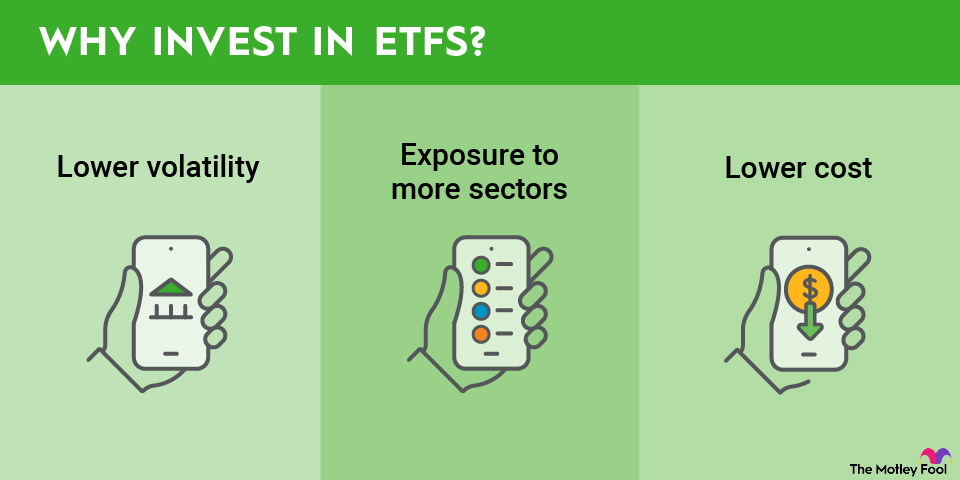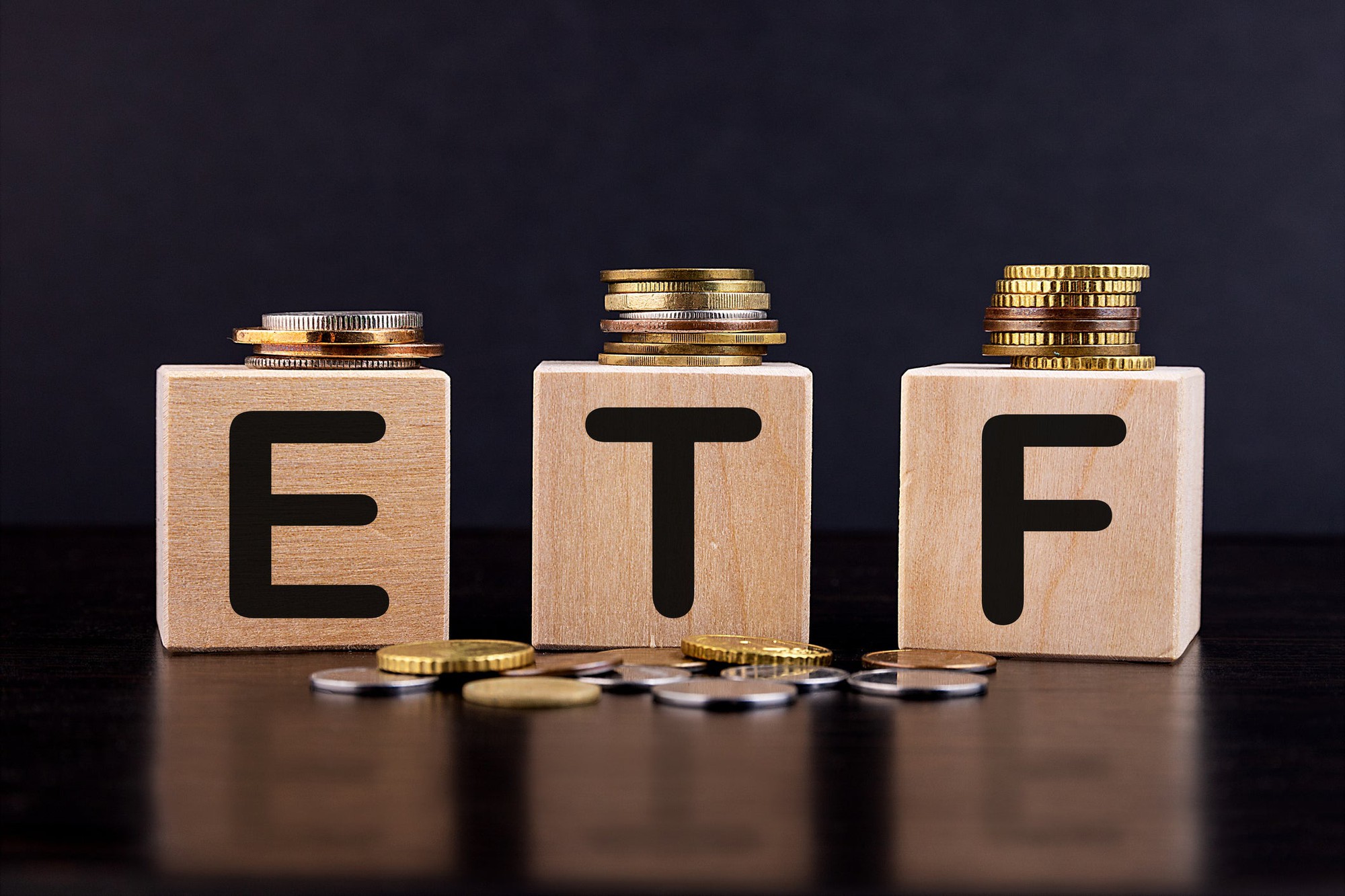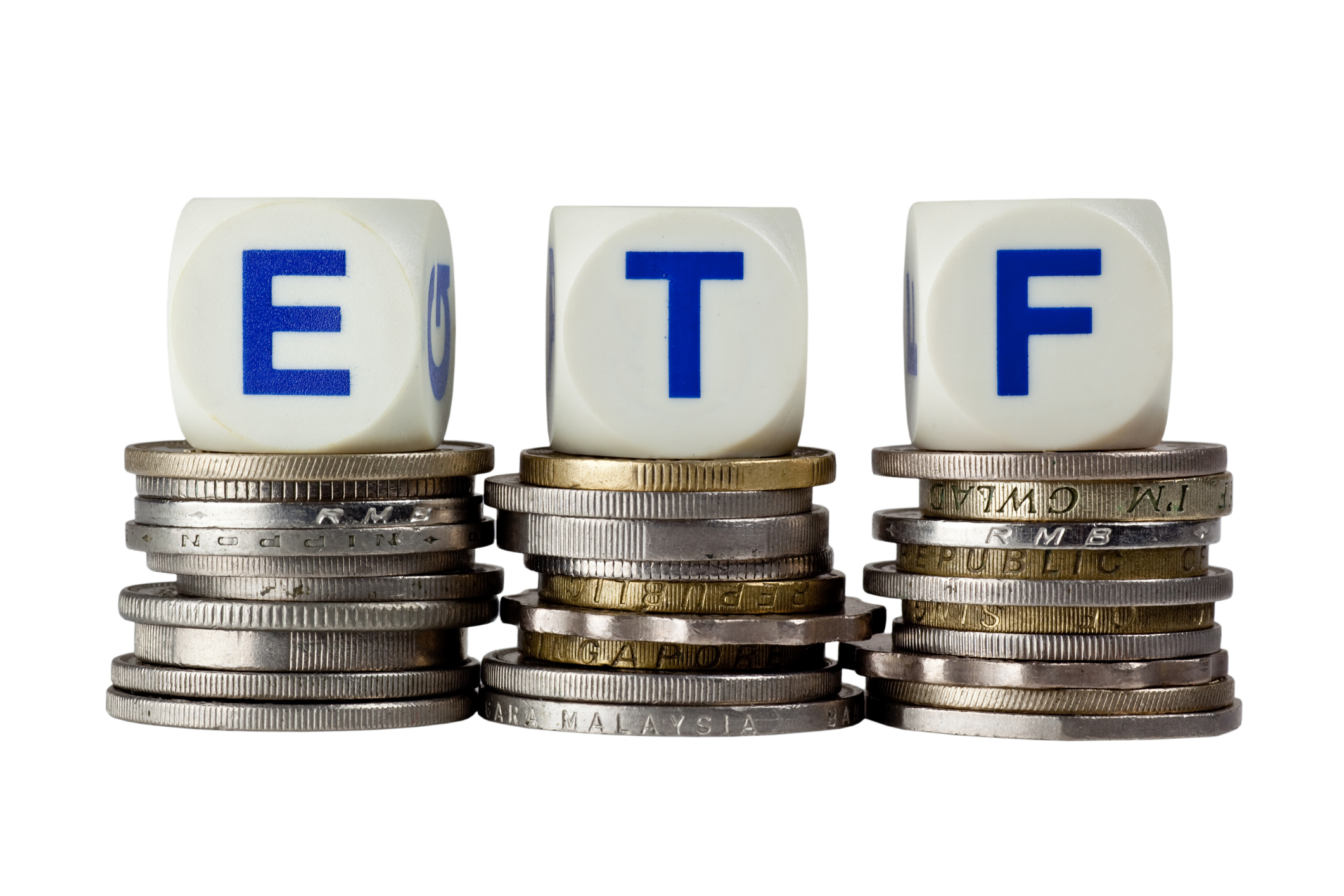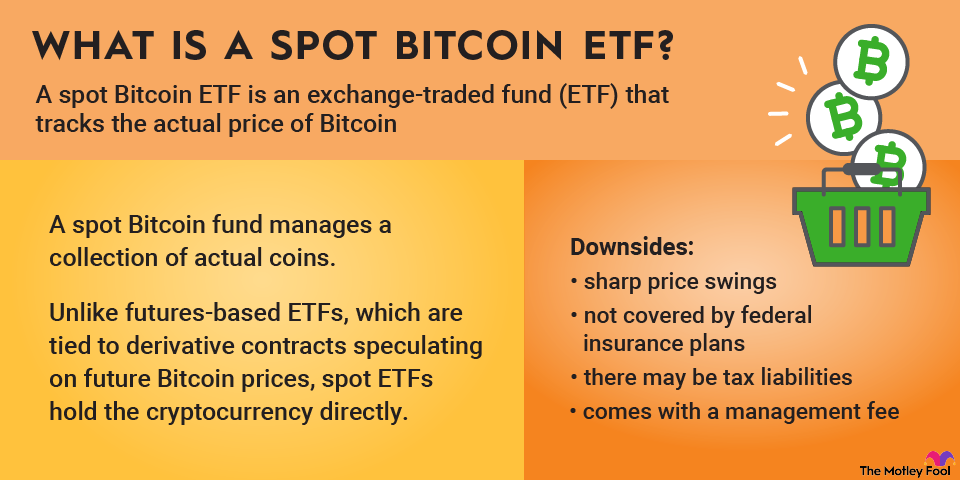Investing in stocks with a "wide moat," as famously endorsed by Warren Buffett, is a strategy favored by investors seeking companies with durable, long-term competitive advantages.


Morningstar identifies five sources of a wide moat: cost advantage, intangible assets, network effect, efficient scale, and switching costs, each contributing to a company's long-term competitive edge.
What is the VanEck Morningstar Wide Moat ETF?
VanEck Morningstar Wide Moat ETF is a passive ETF that replicates the performance and holdings of the Morningstar Wide Moat Focus Index.
This benchmark selects its holdings through a process that starts by identifying companies from the broader Morningstar US Market Index. These companies must have been assigned a "wide" economic moat rating and a "fair value" estimate by Morningstar analysts.
From this group, the smallest 3% by float-adjusted market capitalization are removed. The remaining companies are then ranked based on their "fair value ratios."
The ETF constructs its portfolio by selecting as many as 40 companies, which are divided into two sub-portfolios. Within each sub-portfolio, the stocks are equally weighted and must adhere to sector constraints.
It undergoes a reconstitution semi-annually on a staggered quarterly schedule -- one sub-portfolio is reconstituted in December and the other in June. Each sub-portfolio is also rebalanced to maintain equal weighting among the stocks.
This careful and systematic approach ensures that the ETF consistently aligns with its index criteria, focusing on companies that sustain strong competitive advantages and also trade at fair valuations.
How to buy MOAT
Here's a step-by-step guide on how to buy ETFs like the Wide Moat:
- Open your brokerage account: Log in to your brokerage account where you handle your investments.
- Search for the ETF: Enter the ticker or ETF name into the search bar to bring up the ETF's trading page.
- Decide how many shares to buy: Consider your investment goals and how much of your portfolio you want to allocate to this ETF.
- Select order type: Choose between a market order to buy at the current price or a limit order to specify the maximum price you're willing to pay.
- Submit your order: Confirm the details and submit your buy order.
- Review your purchase: Check your portfolio to ensure your order was filled as expected and adjust your investment strategy accordingly.
Holdings of the VanEck Morningstar Wide Moat ETF
As of November 2025, the VanEck Morningstar Wide Moat ETF (MOAT) included 54 holdings, all of which are equally weighted at each rebalancing period. At any given time, the top holdings within this ETF tend to be the companies that have outperformed between rebalancing and reconstitution cycles.
Here are some of the notable wide moat stocks currently included in its holdings:
- Salesforce (CRM -0.45%): Leads in cloud-based customer relationship management (CRM) solutions, bolstering its competitive moat through innovation and high customer switching costs.
- Allegion Plc (ALLE -0.09%): A leading provider of security products, with significant customer retention and barriers to new competitors.
- Huntington Ingalls Industries Inc (HII +0.28%): America's largest military shipbuilder, enjoying a secure market position due to the specialized demand and limited competition.
- Alphabet (GOOG +1.40%)(GOOGL +1.48%): Holds a dominant stance in internet search and digital advertising, benefiting from vast network effects and continuous innovation.
- Amazon (AMZN +1.63%): A giant in e-commerce and cloud computing, Amazon utilizes its size, brand, and extensive infrastructure to maintain its competitive edge.
Should I invest in the VanEck Morningstar Wide Moat ETF?
Investing in VanEck's ETF is ideal for long-term ETF investors looking to complement their core investment holdings with a "satellite" strategy. This approach acknowledges its concentrated nature, focusing on companies identified as having wide economic moats and fair market values.
The ETF is characterized by a high active share, which means its holdings diverge significantly from the broader market indexes such as the S&P 500.
Active share is a metric used to compare the holdings of a portfolio against a benchmark; a high active share indicates that the fund's holdings are quite different from the index, potentially offering unique advantages and risks.
Given its distinctive strategy, it might perform differently from your main market exposure, making it a valuable tool for seeking excess returns through a focused bet on high-quality companies.
For investors who already target wide-moat stocks, the Wide Moat ETF also offers a straightforward and efficient way to maintain exposure to these companies without the need for frequent manual trading or individual stock selection.
Does the ETF pay a dividend?
The VanEck Morningstar Wide Moat ETF pays dividends, typically distributing them annually in December. As of November 2025, it boasted a 30-day SEC yield of 1.34%.
If you want a higher or more frequent dividend, you may want to consider a dedicated dividend ETF instead.
What is the ETF's expense ratio?
The expense ratio for the VanEck Morningstar Wide Moat ETF is 0.47%. This includes a management fee of 0.45% and other expenses totaling 0.02%. For a $10,000 investment in VanEck's ETF, this translates to an annual cost of about $47.
It's important to note that this expense ratio isn't paid directly out of your pocket; rather, it's subtracted from the ETF's returns on a daily basis, affecting the overall performance of your investment indirectly.
Historical performance of the VanEck Morningstar Wide Moat ETF
Here's a look at how this ETF has performed over one, three, five, and 10-year trailing periods vs. the S&P 500 index. Figures represent total returns (price + reinvested dividends) and are up-to-date as of Sept. 20, 2024.
Metric | 1-Year | 3-Year | 5-Year | 10-Year |
|---|---|---|---|---|
MOAT (NAV) | 9.39% | 18.04% | 15.25% | 14.45% |
S&P 500 | 21.45% | 22.68% | 17.64% | 14.64% |
Related investing topics
The bottom line
This ETF offers investors a potential avenue to outperform the broader market, assuming you trust Morningstar's methodology for identifying fairly valued companies with sustainable competitive advantages.
Over the past decade, the Wide Moat ETF has underperformed the S&P 500. Other factors include its relatively high expense ratio of 0.47%, possibly because of its portfolio turnover.
As an investor, it's crucial to be comfortable with its concentrated portfolio, typically holding between 40 and 55 stocks, and to prepare for a performance that can diverge significantly from the broader market both on a daily and longer-term basis.



















